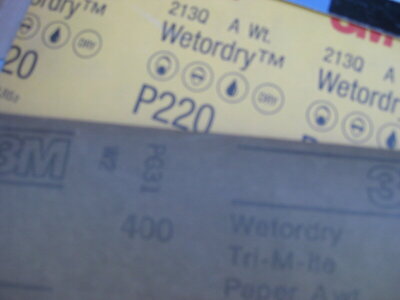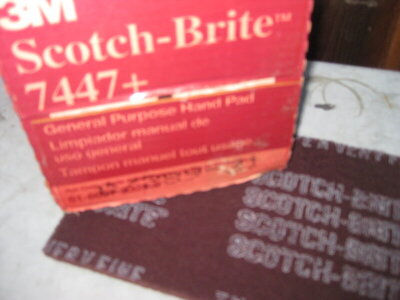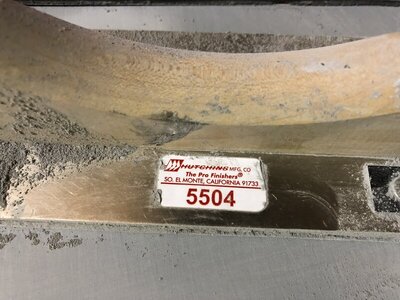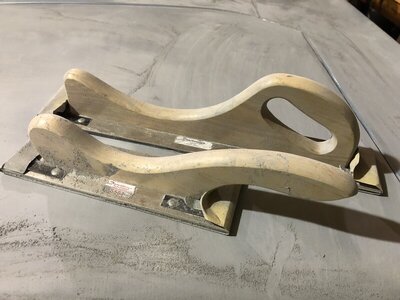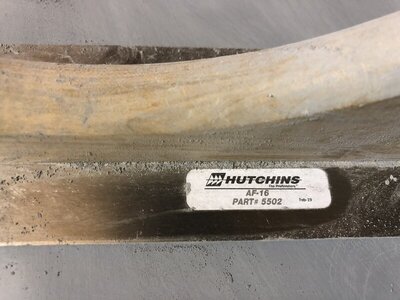Detroit Iron
Well-Known Member
- Local time
- 12:09 AM
- Joined
- Jul 30, 2008
- Messages
- 436
- Reaction score
- 215
- Location
- Bay Area - California
I want to start a thread where us beginners can post questions for the pros and experienced body and paint guys. I have so many questions, it seems silly to create a thread for each question as it comes up.
My first question: After blocking and feeling satisfied with my body work; do I need to spray a final application of primer before I paint? Or, can I paint over the body work as shown?
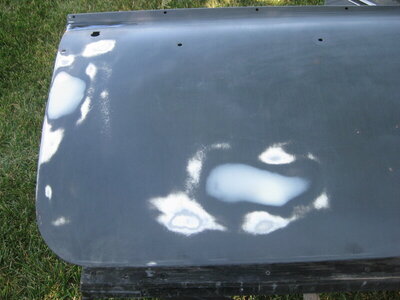
My first question: After blocking and feeling satisfied with my body work; do I need to spray a final application of primer before I paint? Or, can I paint over the body work as shown?


